Date: 11 May, 2018
We began our morning visiting the infamous “Killing Fields” — Choeung Ek genocidal center. It wasn’t a pleasant place but it’s what most foreign tourists coming to Phnom Penh see without fail. Well, that and S21 — the Tuol Sleng Genocide Museum — which is where we were headed next.
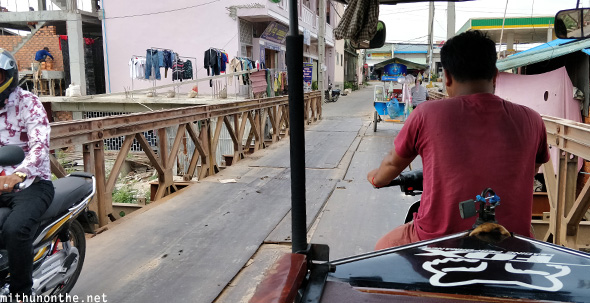
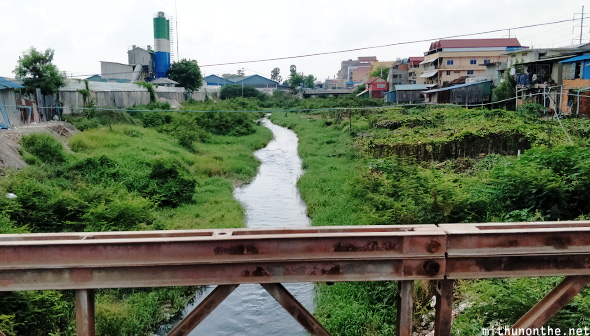
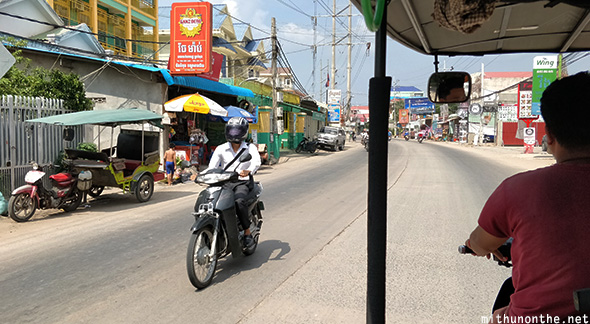
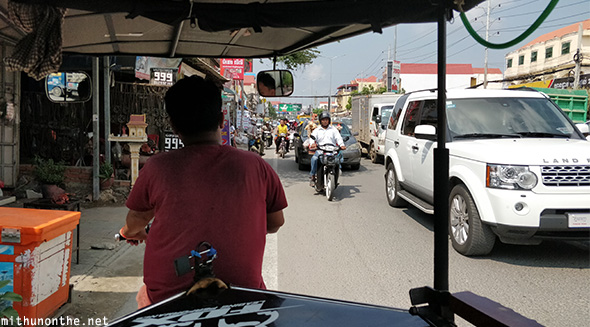
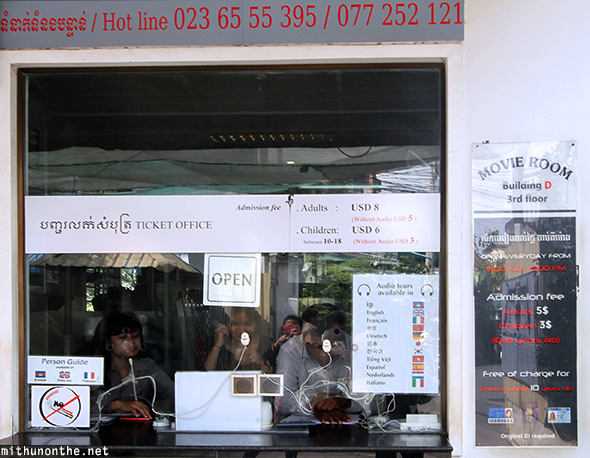
Entry costs $8 per adult with an audio guide. It’s $5 without the audio guide device.
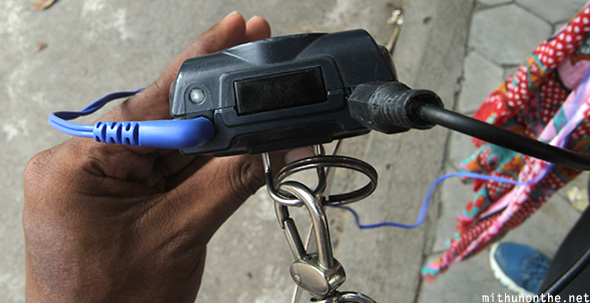
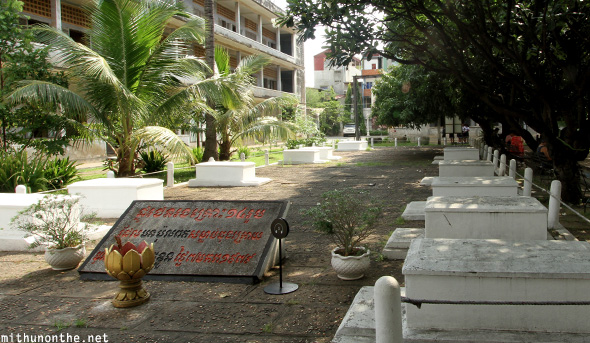
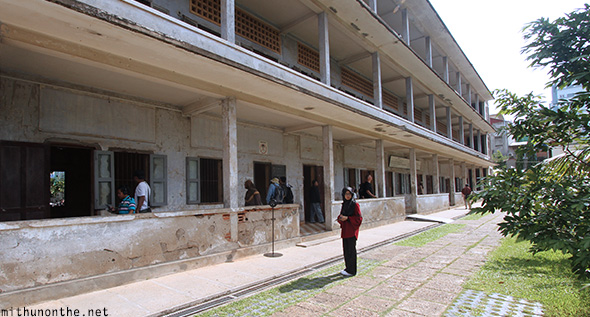
It may now be known as Tuol Sleng Genocide Museum but this was once Tuol Svay Prey high school. In April 1975, the Khmer Rouge transformed the school into a detention center called S21 (Security office 21). The classrooms on the ground and first floors were divided into individual cells. The second floor was used for mass detention. Thousands of victims — peasants, workers, technicians, engineers, doctors, teachers, students, ministers and later — even Pol Pot’s own soldiers and a few foreigners were imprisoned here and tortured.
In fact, photography is not allowed in many of the rooms. One of the rooms held a steel bed frame with a description of how it was used for torture. The prisoner would be tied to the bed with his head sticking out at the top. The security guards would then interrogate the prison using various torture techniques like shock treatments, picking their nails off and hitting their heads with tools like metal rods or hammers. The photo they put up in the room showed one such prisoner but his head was pixelated. Still, with the amount of blood on the floor, you can imagine the damage the guards inflicted on the poor guy.
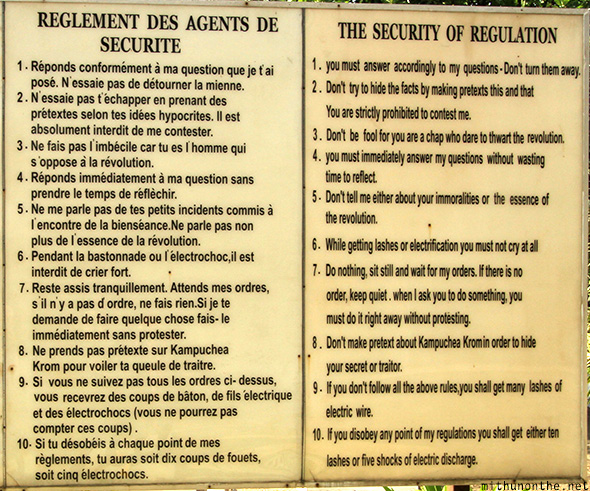
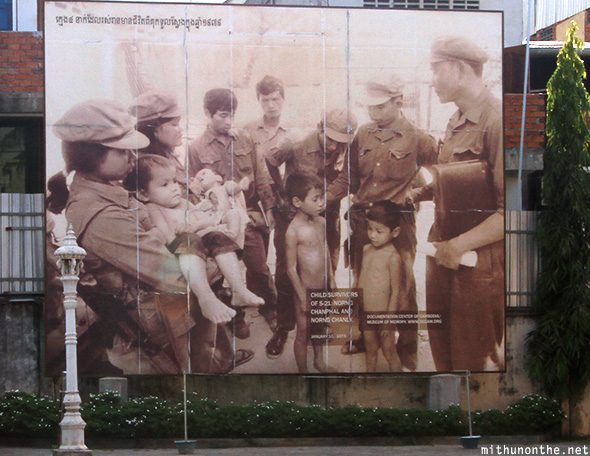
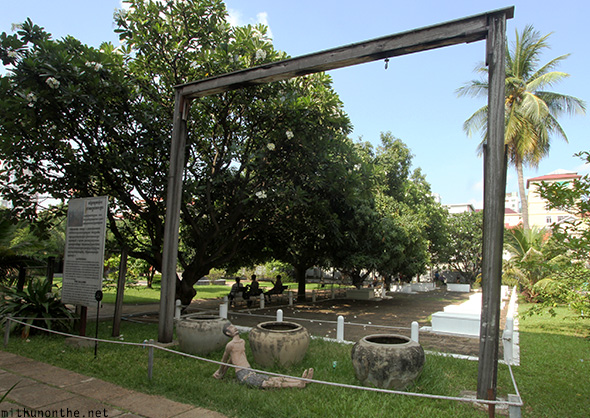
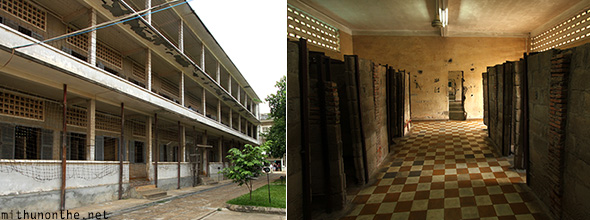
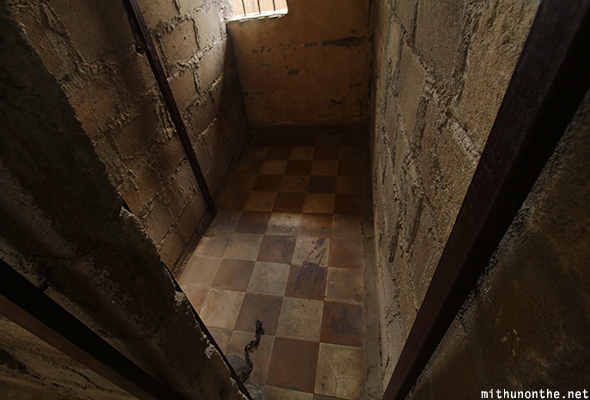
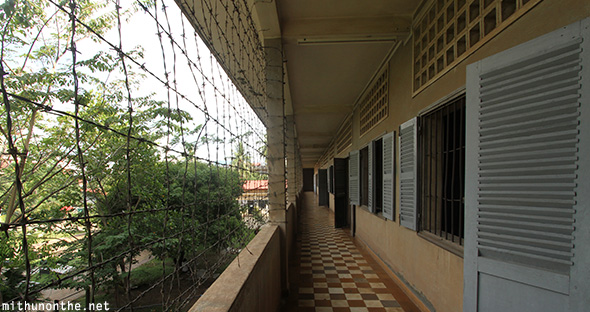
Unfortunately photography is prohibited in many of the rooms. There are a few rooms with photographs of the prisoners, some who made it out and could tell their stories… and the many that didn’t make it. S21 is very much a museum with a lot of photo displays in each of the rooms.
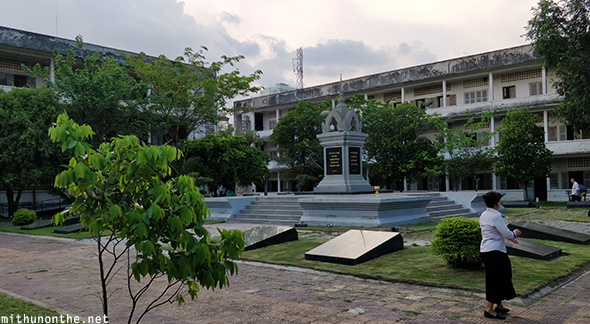
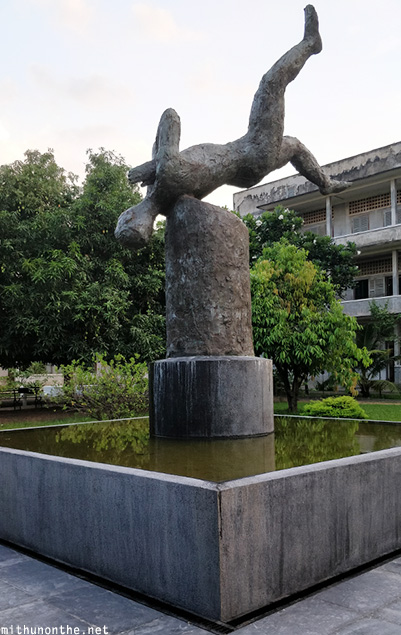
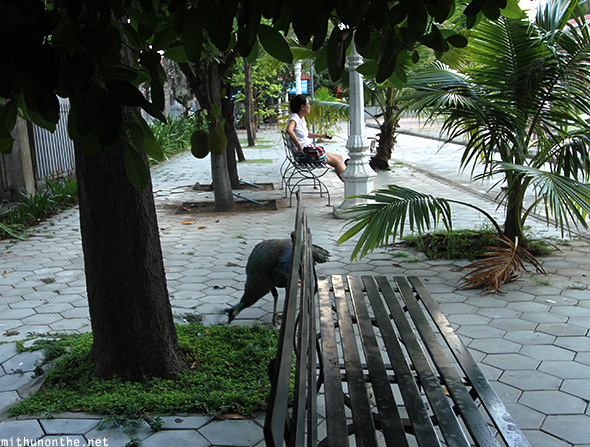
Just like Choeung Ek genocidal center, the S21 Genocide Museum is made a worthwhile visit thanks to the audio guide. I highly recommend you get the audio guide if you intend to visit this place. The tour experience is not the same without it. The stories are grim but it’s history worth learning about.
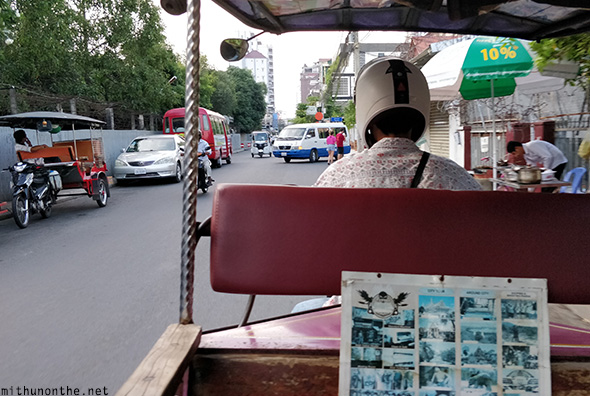
That and some other attractions in the next post.
Next posts in this series:
Cambodia: Phnom Penh Central Market and Wat Phnom
Cambodia: Mekong River Sunrise Cruise… and an insight into Chinese investment in the region
Cambodia: Royal Palace and Silver Pagoda in Phnom Penh
Cambodia: Phnom Penh to Siem Reap by bus
Cambodia: Bayon temple – the one famous for stone faces
Previous posts in this series:
Cambodia: Sisowath Quay, Phnom Penh Night market
Cambodia: Sisowath Quay, Phnom Penh Night market
Cambodia: Arriving in Phnom Penh

